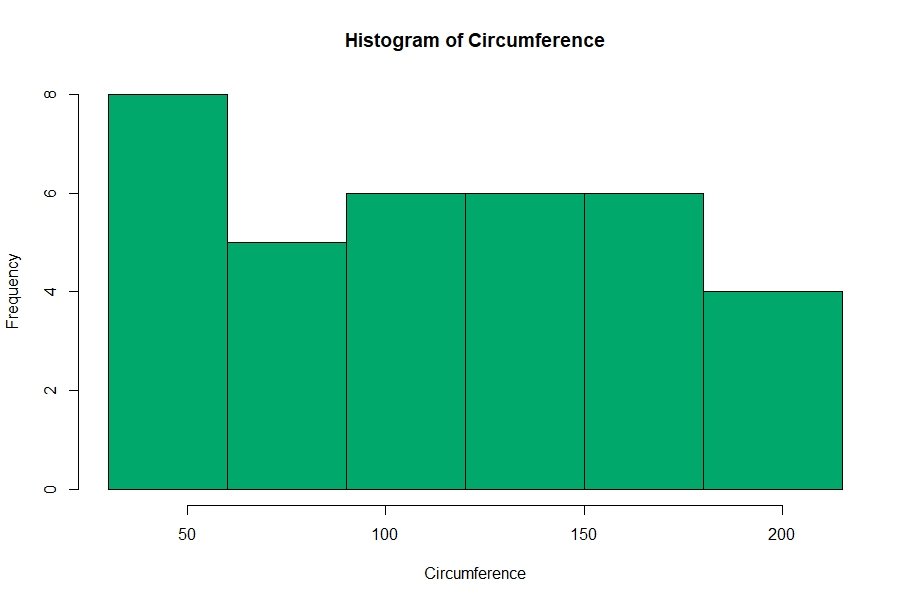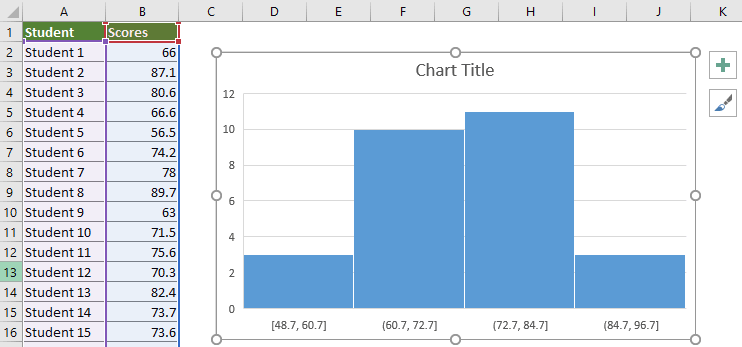

This is important since most of airline X's flights go to Denver, whereas most of airline Y's flights go to Philadelphia.(Round to one decimal place as needed.) Answer: Yes, because the on-time rate for flights to Denver is 81.281.2%, whereas the on-time rate for flights to Philadelphia is 80.680.6%. The first also shows arrival time and the second shows airline.ĭoes it appear that a lurking variable might be at work here? How can you tell? Select the correct choice below and, if necessary, fill in the answer boxes to complete your choice. (b) The next two tables organize these same flights by destination. Which airline arrives on time more often? (Round to one decimal place as needed.) (a) On the basis of this initial summary, find the percentages (row or column) that are appropriate to comparing the on-time arrival rates of the two airlines. Chi-squared is 33 times larger and Cramer's V is unchanged.

If instead the data were derived from n=1,200 employees, with 300 in each industry, which statistic changes and which remains the same? Select the correct choice below and fill in the answer box to complete your choice.Ĭ. (Round to two decimal places as needed.) (Round to two decimal places as needed.)įor n=400 employees, with 100 in each industry, V=. Which statistic changes? Which remains the same?įor n=400 employees, with 100 in each industry, χ2=23.9223.92. Repeat the process for data derived from n=1,200 employees, with 300 in each industry. One consequence is that some industries have a higher proportion of female employees than male employees, assuming that approximately 50% of the workforce is female.įind the chi-squared statistic and Cramer's V if these data were derived from n=400 employees, with 100 in each industry. One consequence is that some industries have a higher proportion of male employees than female employees, assuming that approximately 50% of the workforce is male.

It means that the percentages of men in different industries are not all the same. Yes, because the percentages differ among the columns.


 0 kommentar(er)
0 kommentar(er)
